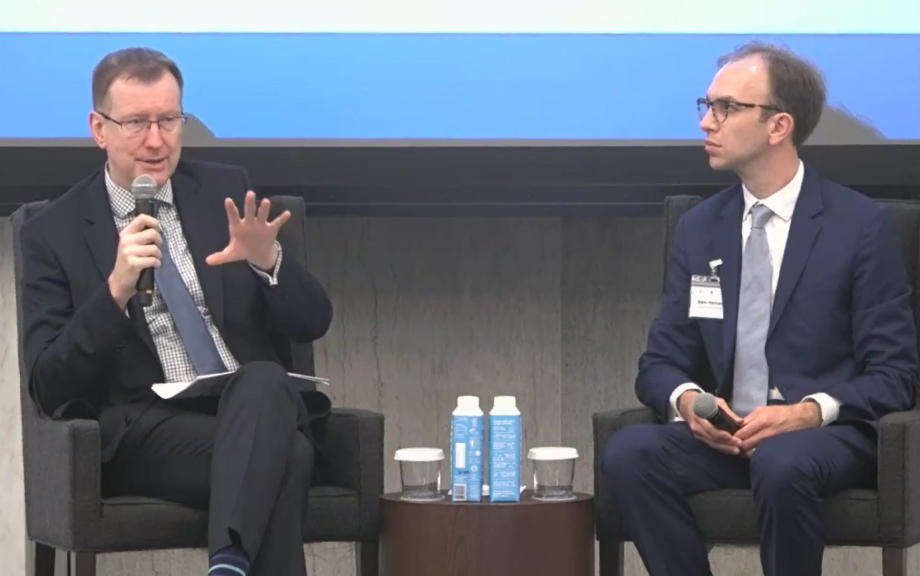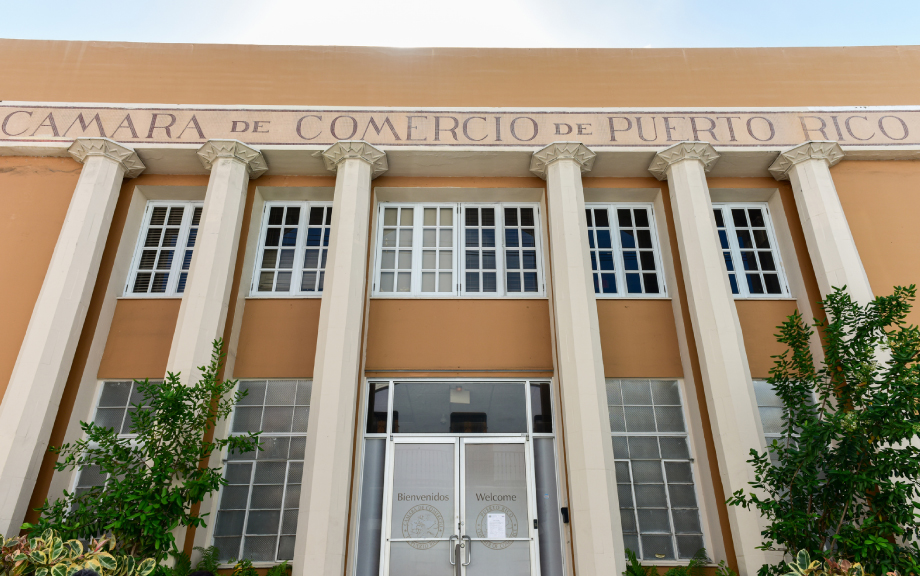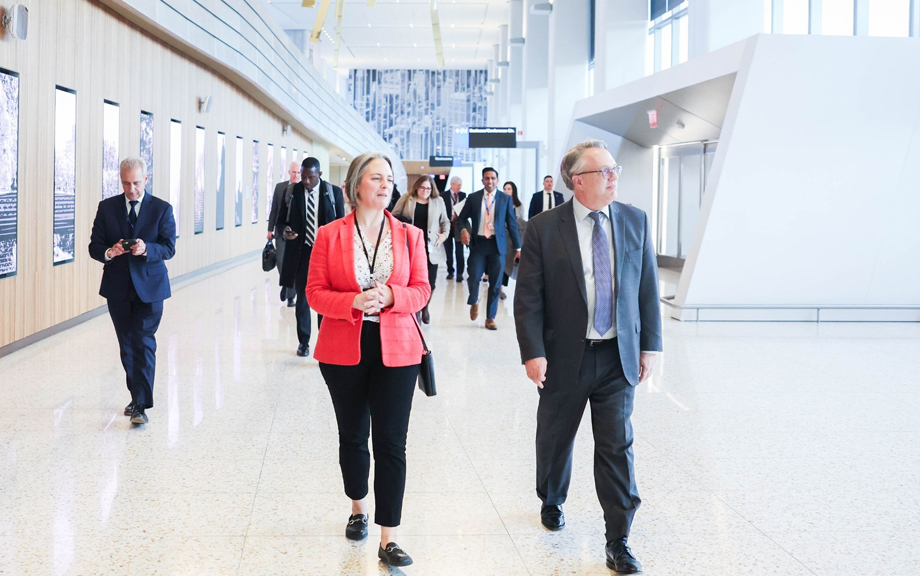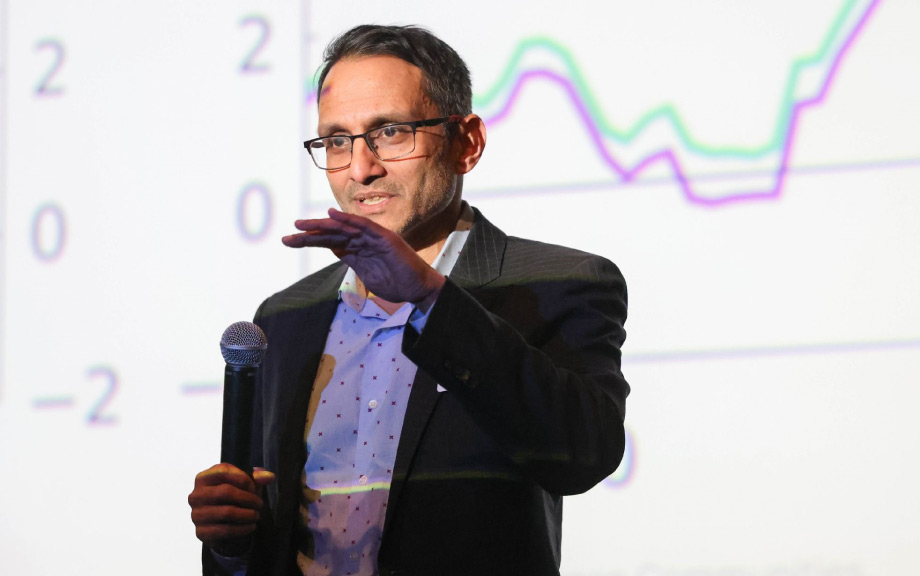
In remarks in Albany on June 24, New York Fed President John C. Williams discussed what recent soft data and hard data reveal about the U.S economy, and how the totality of the data is informing his economic outlook.
At the New York Fed, our mission is to make the U.S. economy stronger and the financial system more stable for all segments of society. We do this by executing monetary policy, providing financial services, supervising banks and conducting research and providing expertise on issues that impact the nation and communities we serve.
Judy DeHaven

In remarks in Albany on June 24, New York Fed President John C. Williams discussed what recent soft data and hard data reveal about the U.S economy, and how the totality of the data is informing his economic outlook.
Marco Cipriani and Richard Finlay

The continued unwinding of large central bank balance sheets in the post-pandemic period and its impact on financial markets and the broader economy have presented several policy and monetary policy implementation questions in the U.S. and abroad. To help address this, the Federal Reserve Bank of New York and Columbia University’s School of International and Public Affairs hosted a workshop on “Unwinding Large Central Bank Balance Sheets” in May. The workshop’s three panels brought together academics, industry and public policy experts, and current and former central bankers. In this article, we highlight the main themes from the day’s discussions.
Kartik B. Athreya

As the director of research at the New York Fed, I lead a team that intensively studies the economy. In addition to evaluating monetary policy and labor markets, our team works to better understand topics including financial market function, supply chain constraints, hybrid work, student loan delinquencies, and housing starts.
Jack Gutt

Growth, uncertainty, and opportunity were the recurring themes during an April visit to Puerto Rico by New York Fed President John C. Williams. This regional visit—part of the New York Fed’s ongoing efforts to assess economic conditions across the Federal Reserve’s Second District—gave President Williams an opportunity to engage directly on issues specific to the Island.
Stefania D’Amico and Eric LeSueur

Roberto Perli, manager of the Federal Reserve’s System Open Market Account (SOMA), spoke at the Eighth Short-Term Funding Markets Conference at the Federal Reserve Board in Washington, D.C. on May 9.
Ellen Simon

The 45 high school teachers had questions for Andrew Haughwout, the New York Fed’s deputy director of research.
Julie Lasson

In remarks at a Puerto Rico Chamber of Commerce event on April 11, New York Fed President John C. Williams discussed the economy and monetary policy in the context of a changing and uncertain landscape. He also talked about inflation expectations and how the Federal Reserve is working to achieve its dual mandate of maximum employment and price stability, and shared observations about Puerto Rico’s economy.
Adam Copeland, Ellen Correia Golay, and Agata Zhang

The Treasury Market Practices Group (TMPG), a New York Fed-sponsored group of market professionals, recently released a white paper and proposed recommendations on margin practices for repurchase agreements, or repos, involving U.S. Treasury securities. The white paper, based on discussions with market participants and data from the U.S. Treasury Department’s Office of Financial Research, describes the current risk management practices in the Treasury repo market for mitigating counterparty risk exposures, or the potential losses from a counterparty defaulting before final settlement of a financial transaction. It also identifies the resulting risk and resiliency issues. Based on this work, the proposed updates to the TMPG’s Best Practices include a recommendation that all Treasury repo trades should include prudent haircuts, or margin, on the value of the securities, in concert with other risk management techniques. In this article, we highlight the main findings of the white paper that led to this proposed best practice recommendation, with a focus on the non-centrally cleared bilateral repo market.
Suzanne Elio, Andrea Grenadier, and Shawn Phillips

In early December, New York Fed President John C. Williams spent a day visiting neighborhoods in the New York City borough of Queens. In Long Island City, Flushing, and East Elmhurst, President Williams and a team from the New York Fed met with leaders in government, transportation, community development, and business. This regional visit—part of the New York Fed’s ongoing efforts to assess economic conditions across the Federal Reserve’s Second District—gave President Williams an opportunity to engage directly on issues specific to these communities.
Kartik B. Athreya

Data doesn’t always signal turning points in the economy. But sometimes conversations do.
The Teller Window is a publication featuring expert knowledge and insight from the New York Fed, including thoughts and perspectives from senior leaders. It offers a deep look at issues that matter to the Federal Reserve’s Second District and the nation.
Articles on the Teller Window focus on the people and programs that help the New York Fed support the U.S. economy. They are written for a wide audience with the aim of illustrating what we are doing and why it matters. Stories include editorials, interviews, explainers, and reports on events and trends in our communities and region. The Teller Window is edited by the Communications and Outreach Group on behalf of the New York Fed. Separately, for analysis from New York Fed economists working at the intersection of research and policy, please see Liberty Street Economics.
The New York Fed began publishing on the Teller Window in November 2022. Articles with dates earlier than November 2022 were originally published by the New York Fed on Medium.
Step up to the Teller Window to learn more about the New York Fed’s work and views.
